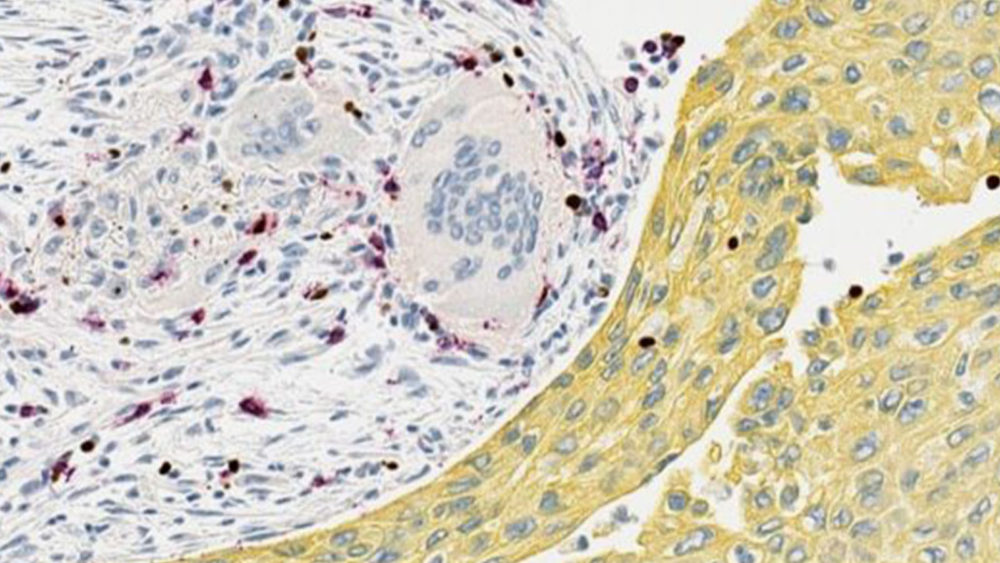After having looked at the top 50 pathology blogs and the top 30 pathology youtube channels I noticed
there are no 50 blogs about pathology (the list ends at 38) nor are there 30 youtube channels (only 25 listed in the post, and my favorite of Dr. Minarcik was not even included).
Only a handful of them speaks about the subject of digital pathology and image analysis, mostly promoting new technologies and services.
Even fewer provide information for researchers wanting to incorporate these methods into their research.
Last month I subscribed to the PubMed (https://www.ncbi.nlm.nih.gov/pubmed/) publication alert using the following keywords: digital pathology, image analysis, and artificial intelligence….Nothing in my inbox so far….Where is this information?
When I joined an image analysis company as the first pathologist in the team, I didn’t have any manual, any comprehensive resource from which I could learn the art of digital pathology. The challenges were being addressed on a “need to solve” basis, and together with a team of image analysis engineers, quality consultants and later other pathologists, with the methods we had available, we developed a robust system enabling us to provide the best possible quality of the image analysis solutions we were developing.
Our system was comprehensive, and over time we developed solutions, which accounted for almost all the problems one could run into, during designing image analysis algorithms for analyzing pathology samples. It took us time, resources and is not accessible to anyone outside of the company, but there was
ONE MAIN UNDERLYING RULE
which was guiding us, regardless of the applied software or method:
The image analysis must match the tissue.
But how do you know if it matches the tissue? Well, you ask a pathologist.
The PATHOLOGIST is the professional, who has to provide
“translation” of the tissue to the rest of the team
provide feedback on every step of the process
and
educate the team on the area of his or her expertise relevant to the team’s tasks.
And this is exactly the purpose of this blog.
I am an ACVP board certified veterinary pathologist and want to create a place which is a source of the necessary pathology information needed for high-quality image analysis of pathology slides. I want to capitalize on my personal experience and on the available resources to enable you to design the best possible image analysis-powered studies and help you obtain the highest quality results backed up with a robust quality control strategy.
Image analysis of tissue samples is becoming increasingly popular in research and industry, powering both pre-clinical and clinical studies. For this new cutting-edge method, in order to obtain the most reliable results, specialized expertise in both tissue interpretation and image analysis design is required.
Digital Pathology Consulting blog was created to help you design your image analysis-powered studies in the best possible way.
Do you need help with:
- deciding if your study will benefit from digital image analysis?
- designing a study involving digital image analysis?
- translating pathology scoring into a digital algorithm?
- deciding how to annotate your images for the study?
- deciding how to control the quality of image analysis results?
- explaining your scientific, pathology related questions to professionals with a different background?
If so, I want to provide you with the necessary information on this blog.
I am happy to present knowledge, gained during work with
image analysis engineers
quality control and regulatory experts
as well as different academic and industry partners
to help the digital pathology community benefit from image analysis-powered studies and most importantly, provide you with information needed for obtaining reliable results.
As digitalization, image analysis and artificial intelligence methods in pathology are still a fairly new subject, there are very few standardized procedures. It was only in 2017 that the FDA approved the first digital platform (link) for primary diagnosis, and there is only a handful of image analysis algorithms for pathology support approved so far (link if you find sth). The research space is not regulated nor is there a list of standardized and approved research methods to chose from for research hypothesis verification. This process will take time (it took ca. 50 years for radiology to arrive at the current state, and this given that the radiologists had the advantage of acquiring the image digitally and completely eliminating the analog steps of the process).
Digital pathology is just starting this journey. It will be dynamic and will take time.
All of us, who are involved in it are responsible for providing the best quality evidence supporting the process.
I am looking forward to providing you with
- pathology insights,
- educational material
- and news related to digital pathology and image analysis.
Enjoy the reading and let me know about any subjects you would be interested in!
Best regards,
Alesandra Zuraw, DVM, Ph.D., DiplACVP













Comments are closed.